Soccer Speed Drills for Acceleration and Max Velocity
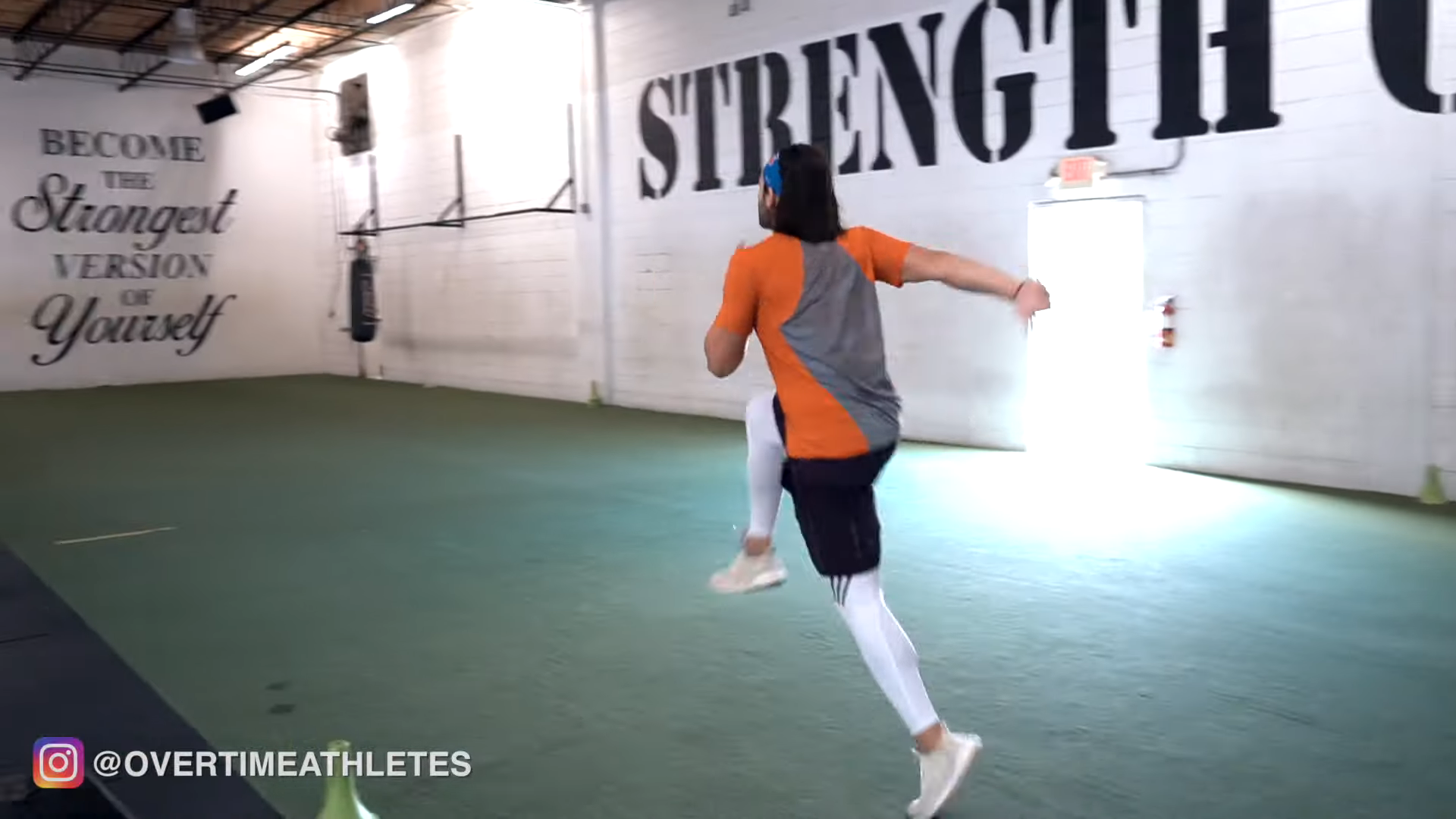
I haven’t shown much love to my soccer players until recently. A few weeks back I created a full guide to speed training for soccer. Now I want to share some actual soccer speed drills you can implement to quickly get faster. THEN I’m going to share a sample workout of how you can throw all of these soccer speed drills together.
In case you don’t remember, there are three pillars of speed. The first pillar is relative force, which has to do with elastic strength and plyometrics. The next pillar is acceleration. Acceleration is essentially how quickly you build speed. Finally, there’s top speed or maximum velocity. This is exactly how it sounds. It’s the top speed you reach when you’re sprinting.
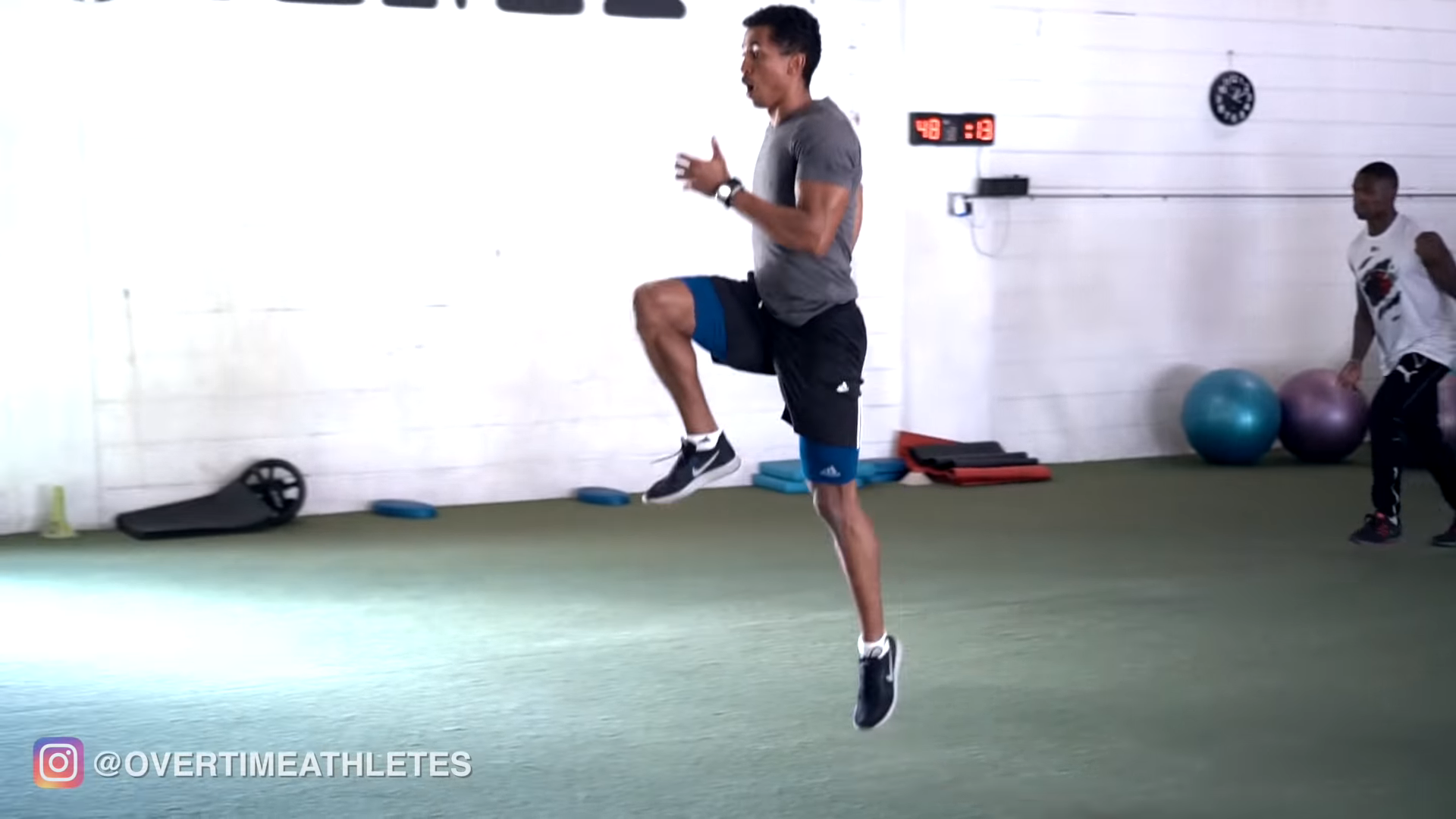
There’s also change of direction and agility, which I’ll go into on another post.
Let’s get into it:
Soccer Speed Drills: Relative Force Production

Your relative force production is how much force you can produce relative to your bodyweight.
If you think of two athletes who can squat 315, and one weighs 200 pounds, while the other weighs 300 pounds, the former athlete has better relative force production. And if you have better relative force production, you’ll be overall more athletic.
Guys who can jump the highest and run the fastest have elite relative force production and have elite control over their bodyweight.
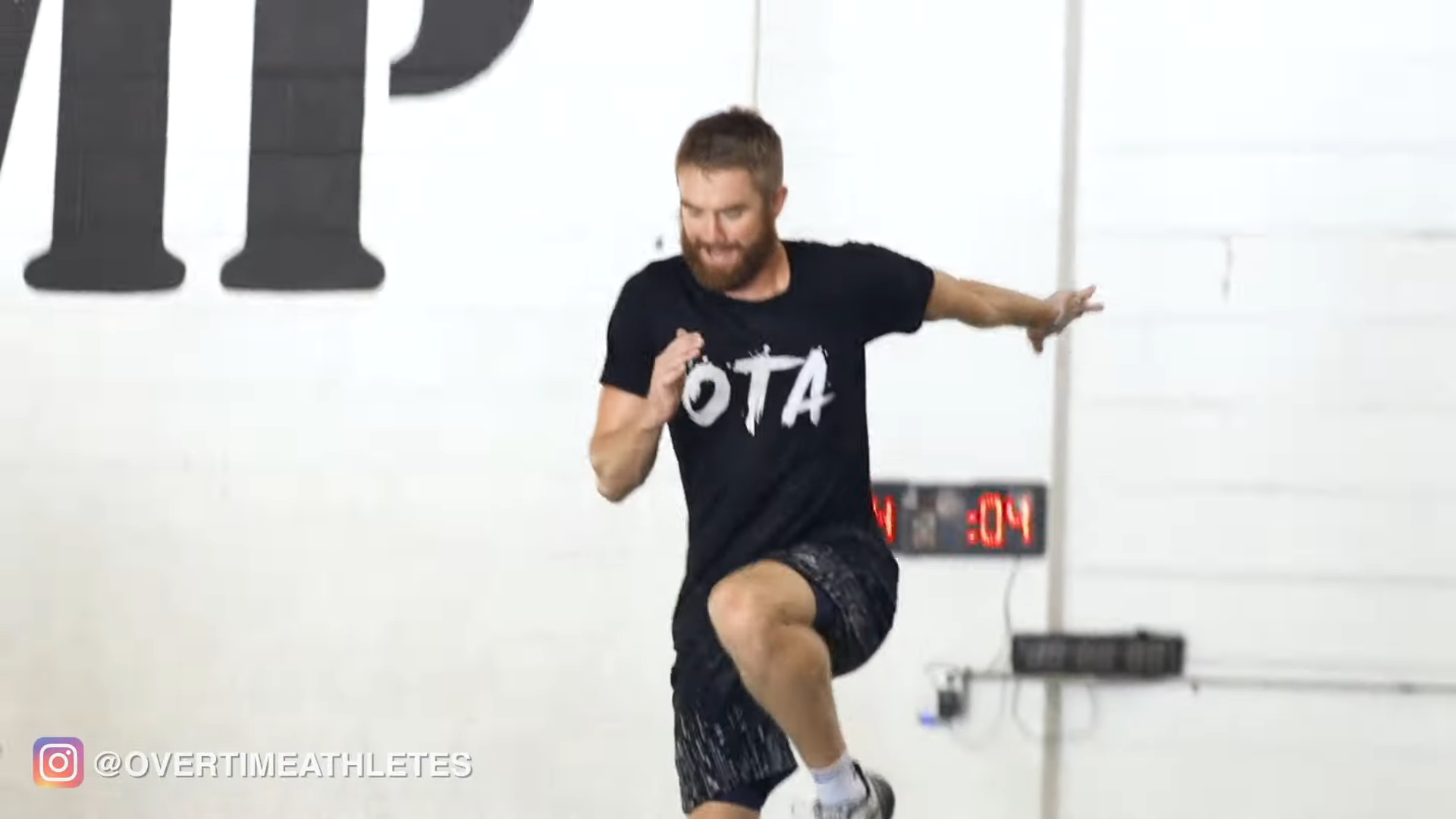
There are two methods you can use to get higher relative force production. The first is with plyometric exercises (which are some of the soccer speed drills I’m going to share with you). The second is through triphasic training.
Triphasic Training is essentially taking one training block and dedicating it to a specific portion of movement – eccentric, isometric, and concentric. Each portion of movement elicits their own unique benefits, but for now all you need to know is that it’ll make you more explosive.
As far as plyometrics go, you’ll want a combination of both horizontal and vertical plyometrics.
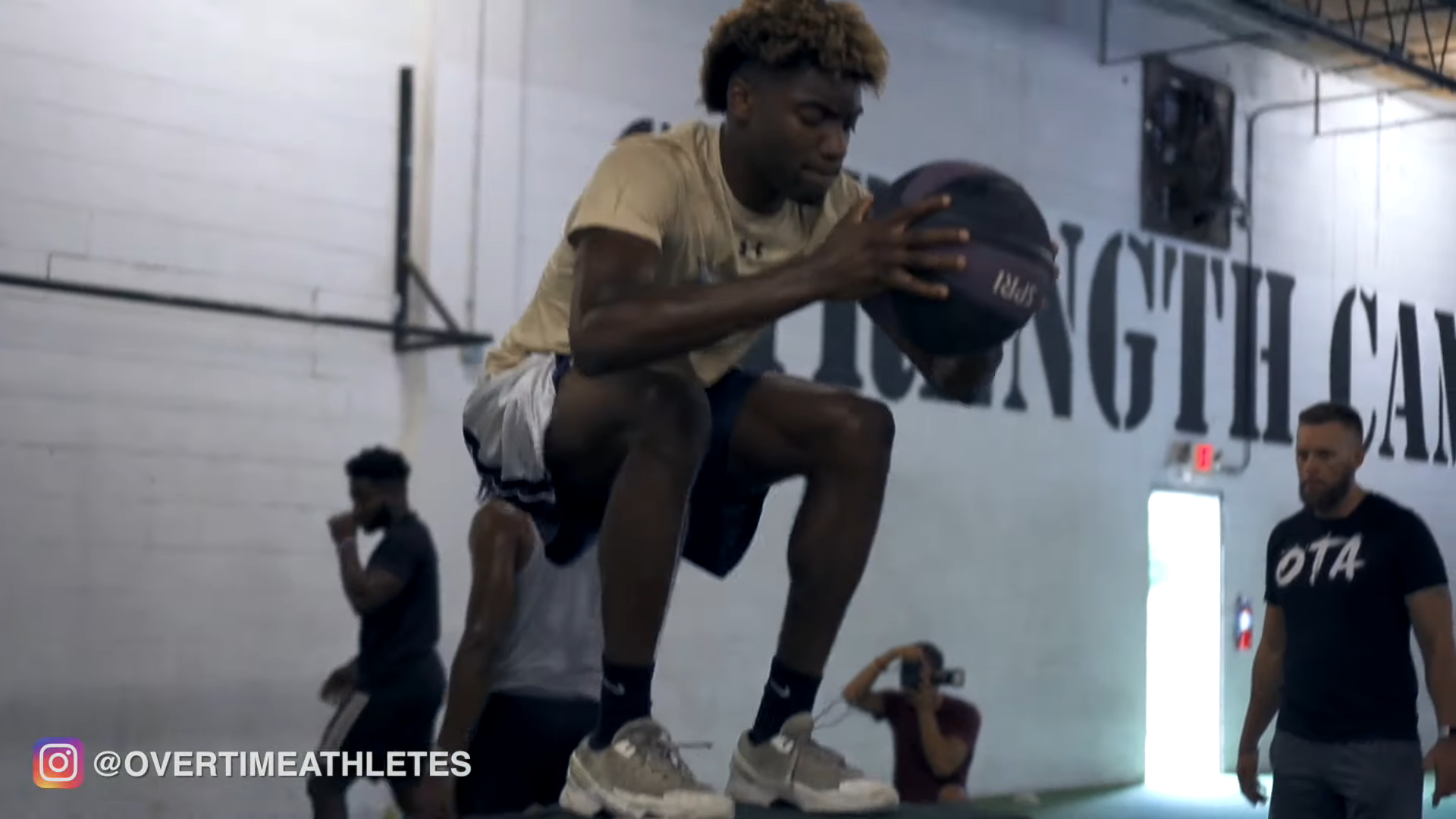
Horizontal plyometrics will help with your acceleration phase. During acceleration, you’re trying to build as much horizontal force as possible.
Vertical plyometrics will help you during your maximum velocity phase. During maximum velocity, your horizontal force remains the same, and you are mainly fighting gravity to maintain the speed you built during your acceleration phase.
Soccer Speed Drills: Plyometrics
In this section, I’m going to share some plyometrics for soccer players that will help them get faster. They’re going to be a combination of vertical and horizontal plyometrics that you can use to become a faster soccer player.
Power Skips For Height
Power skips for height are an incredibly effective plyometric for all levels. They imitate running mechanics and make the athlete produce high amounts of force vertically. Again this will help his maximum velocity mechanics.
Power Skips for Distance
Power skips for distance are the same as power skips for height… Except you’re going to emphasize producing force horizontally instead of vertically. With this soccer speed drill, you want to drag the ground behind you to incorporate your glutes in the movement.
Single Leg Broad Jumps (Double and Triple)
Single leg broad jumps are one of my favorite horizontal plyometrics. They’re about ALL OUT horizontal force production, and they bring a stabilization element into the fray. As you get better at them, you can begin to connect multiple jumps to perform double and triple broad jumps. These variations work the athlete’s ability to transition quickly from jump to jump. This will help reduce your ground contact time while running.
Single Leg Box Jumps
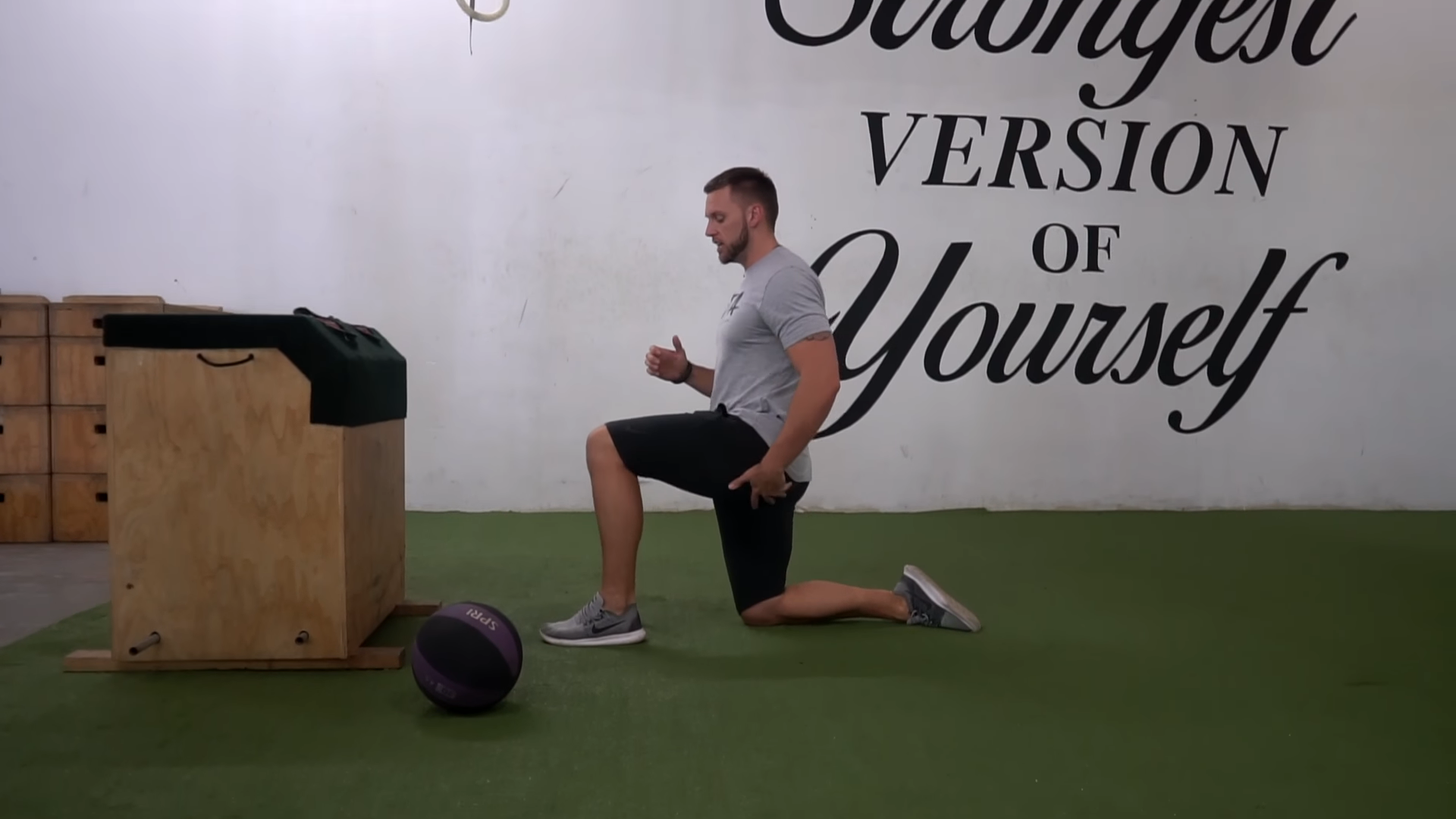
Single leg box jumps are a vertical unilateral plyometric. They’re a great speed drill for soccer players because they’re so versatile. You can add tempos to change the stimulus. You can also increase the intensity by adding resistance. Make sure you’re constantly changing up the stimulus to keep the body guessing.
Continous Tuck Jumps

Continuous tuck jumps are a stepping stone for working your transition phase. Your transition phase is essentially your time in between the lowering into your jumping, and the exploding out of depth of your jump. The quicker your transition time is, the faster and more athletic you’ll be. There are a couple ways to perform these tuck jumps. You can either stay in place, or you can progress down the field for 10 yards. Whichever you choose, spend as little time on the ground as possible in between jumps.
Soccer Speed Drills: Acceleration
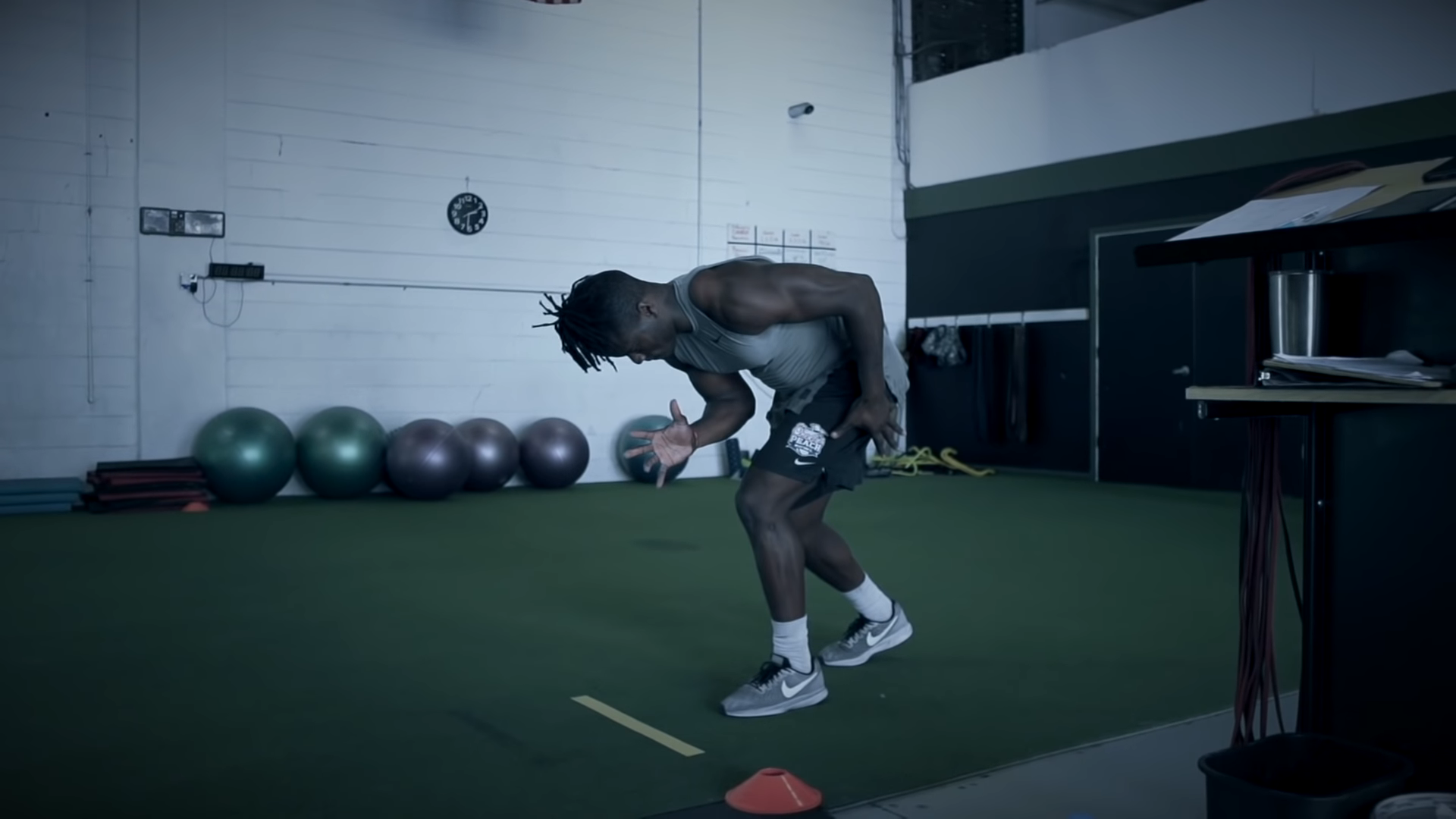
Acceleration is about building to maximum velocity as quickly as possible whether that’s from a jog or a stand still. There are three components of acceleration: your stance, start, and steps.
The stance doesn’t apply to soccer players, as that’s more for football and baseball guys, but your start and steps do. Your start is the position your body is in before you take your first step. This means being in the golden position.

The golden position is essentially the best position possible to produce high amounts of horizontal force.
That means having a forward lean and forward shin angle.
After that, you want to focus on your steps. This is the action of the leg.
As a general rule, you want to take big powerful steps. Most coaches will talk about stride frequency, but that’s for more advanced sprinters. Elite Olympic Sprinters.
When you’re first starting out focus on maximizing stride length while keeping your mechanics sound.
Soccer Acceleration Drills
Below I’m going to share three soccer acceleration drills that will have a powerful affect on your speed.
Cone Start/Stop
For the cone start/step drill you’ll want to lay out cones 5 yards apart from each other over a 25 yard span. That means you have five cones laid out. From there, you’ll start in a solid 2 point stance. Then you’ll accelerate towards the first cone. As you get closer, decelerate, step around the cone, then begin to accelerate towards the next cone. Do this to every cone.
This will help you on the field as there’s a lot of start and stop.
Falling Starts
The falling start is another drill that will help your acceleration. This soccer speed drill will help you get in the right position for acceleration and quickly build speed. Start in a standing position, lift up onto the balls of your feet, lean forward until your body naturally reacts. Flex the hip and turn over quickly.
Half Kneeling Start
Half kneeling starts really work your first step mechanics and power. Start in a half kneeling position, lean forward until you get a positive shin angle, and explode out of it.
Soccer Speed Drills: Maximum Velocity

Finally we arrive at maximum velocity.
The truth is, during a soccer game, you won’t be at maximum velocity too often. But, when you do need to kick into gear, we want to be ready.
As I said above, during maximum velocity you’re fighting vertical forces as your horizontal force production comes to zero (you’re maintaining).
But you need more than just vertical force production. You also need mechanics.
And that’s really what I like to emphasize with maximum velocity is mechanics.
In general, you want to stay more in frontside mechanics. Frontside is anything that takes place in the front half of your body.

Many soccer players have a bad habit of swooping and going WAY into backside.
As a general rule, the more you keep mechanics in the frontside the faster you’ll be.
Soccer Speed Drills
I’m going to share four soccer speed drills for maximum mechanics that will help you maintain your top speed in game:
A-Skips
A-Skips help soccer players quickly get into triple flexion (flexion of the ankle knee and hip) then pull with the glute. The A-Skip is a basic drill, but if you do it regularly and correctly, it’ll help your sprint big time.
B-Skips
B-skips are another speed drill that seems simple, but do it consistently and it’ll massively help your sprint. I actually took B-Skips out of my training for a while because I thought it was teaching athletes faulty sprinting mechanics. Now I realize that a lot of guys were just doing them wrong. When you do B-Skips you don’t want to intentionally extend the hamstring. You want to allow it to release naturally, just as you do during a sprint.
Straight Leg Bounds
Straight leg bounds teach the athlete to pull with the glutes as he sprints. For this drill you want to keep the core tight and ankles cocked as you pull with the glute to produce the force necessary to get down the field.
Single Leg High Knee
The single leg high knee is another maximum velocity drill I do regularly. It teaches the athlete proper touchdown mechanics and how to cycle.
My Recommended Speed Program
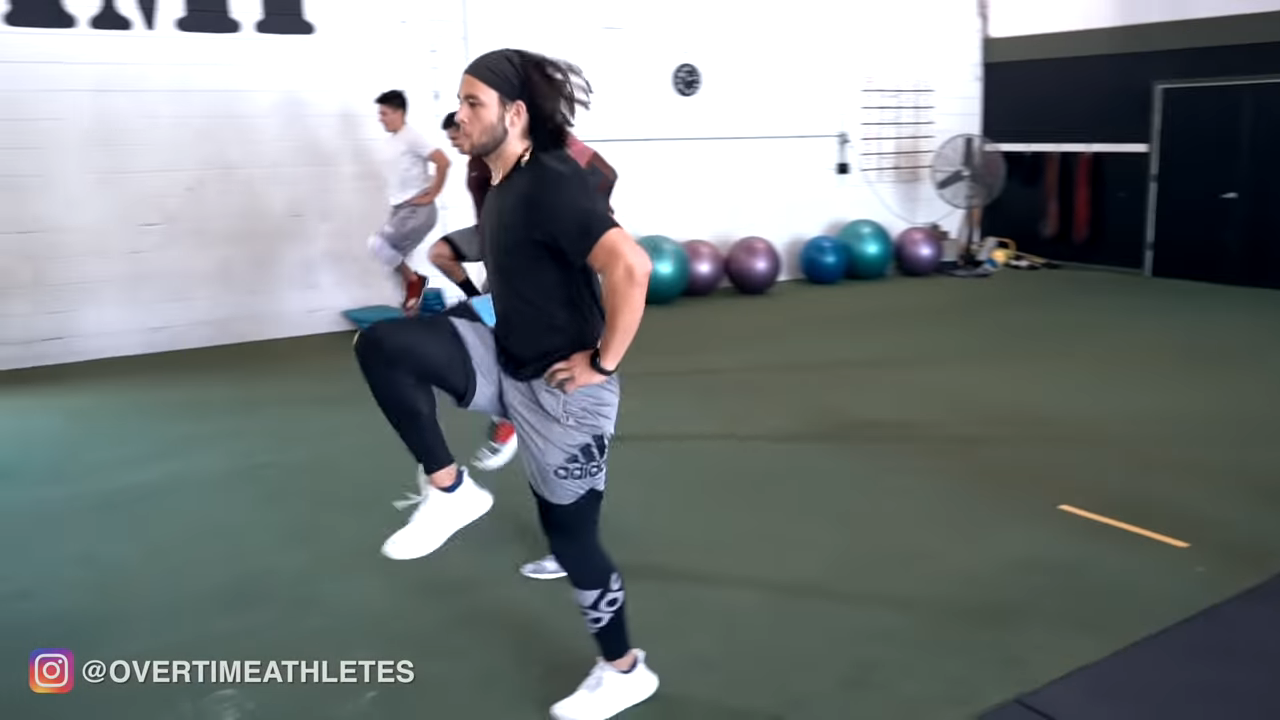
You can’t get by on isolated drills alone. You need to have a cohesive program that continuously challenges your body and forces it to adapt into a faster machine.
A while back I came out with a program that’s HUGE among soccer players.
It’s called Athletic Speed System.
And it contains the most up to date sprinting technologies that will help you:
- Build Elastic Strength
- Sharpen Your Mechanics
- Sprint faster in DAYS
How?
Science, field-testing, and 12 years of experience teaching speed.
You can read more about it below (serious athletes will take five minutes to do this):